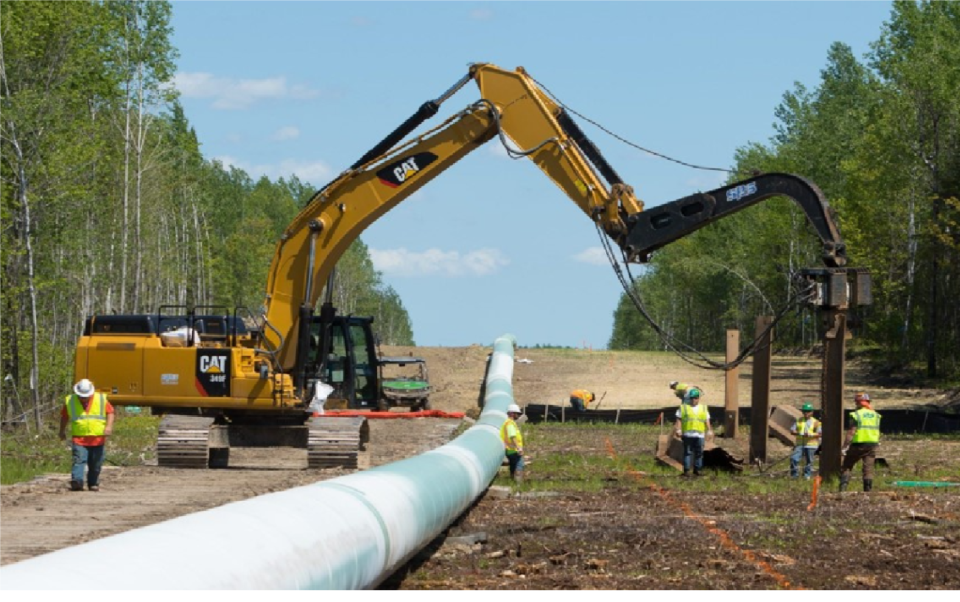A Message to All Leaders and Politicians Worldwide especially in Africa
By Ron Wallace
OPEC Secretary General Haitam Al Ghais recently delivered a message in Alberta that energy policies should be “based on reality, not ideology.” These comments are particularly relevant to Canada given the history of the past decade and the future policy path being proposed by the Carney government. Secretary Al Ghais cited studies from the IEA that noted in the past decade global investment in “clean energy” has approached $17 trillion with the result that renewable sources currently supply less than 4% of the world’s energy. Meanwhile, initiatives such as the introduction of EV’s, which apparently continues as a priority policy for Canada have reached a total global penetration rate of less than 4% as electric cars are increasingly losing their appeal among new drivers in Western nations.
Considering an annual estimated cost of USD $640 billion required to maintain and secure global energy sources, the Secretary-General stressed the importance of “consistent messaging” for capital investment markets as they prepare to meet future energy demands through to 2050. By that time OPEC foresees oil and gas comprising more than 53% of the global energy mix with predictions that global oil demand will rise to more than 120 million barrels per day (mb/d) from the104 mb/d today. As for Alberta, he noted:
“Alberta’s success fits with the inclusive all-energies, all-technologies and all-peoples energy futures that OPC continues to advocate for – one based on realities, not ideologies such as unrealistic net zero targets that fixated on deadlines and dismissed certain energies.”
These words are highly relevant for Alberta and Canada, coming precisely at a time when the Federal government is debating new legislation (Bill C-5) that seeks to accelerate regulatory processes for selected projects. It remains to be seen if this approach will lead to heightened co-operation between Federal and provincial governments.
Federal aspirations, largely focused on Natural Resources Minister Tim Hodgson will quickly be tested by an increasingly impatient Alberta government that has announced plans to entice a private sector to build a major crude pipeline to coastal waters. In that regard, Premiers from Alberta and Saskatchewan are increasingly advocating for the repeal of policies like the West Coast tanker ban and net-zero electricity regulations, as they press for the development of defined energy corridors to access tidewaters noting that: “The federal government must remove the barriers it created and fix the federal project approval processes so that private sector proponents have the confidence to invest.” As Premier Mo has argued, if Canada scrapped policies such as proposed caps on oil and gas emissions Saskatchewan, which is currently Canada’s second-largest oil-producing province, could double its annual oil production.
It is more than ironic that controversial legislation currently being fast-tracked through the House (Bill C-5) effectively admits that the raft of Acts and Regulations enacted under the Trudeau government constitute material barriers to national development. The federal government, instead of repealing, or substantially amending that legislation some of which is being challenged, has received tough love from the Supreme Court, instead proposes to give Cabinet the power to suspend the IAA and several other key Acts in order to speed the process of issuing development applications and permits. By not doing the heavy lifting in Parliament needed to repeal or modify the burdensome legislative mandates enacted over the past decade, Carney’s remarkable approach instead chooses to circumvent that legislative base with the arbitrary suspensions of selected laws.
Meanwhile, Bill C-5 has received attention from parliamentarians and Indigenous communities. Former Trudeau-era Justice Minister Wilson-Raybould has commented that Bill C-5 has been developed “behind closed doors” to allow the federal government to “make decisions and build projects on its own terms, at its own pace and based on rules that it chooses to make up as they go along.” Their concern is that the proposed law would give unprecedented powers to the federal cabinet to fast-track projects that the Cabinet defines as being in “national interest” allowing them to sidestep Canadian laws such as the Indian Act, Fisheries Act, Migratory Birds Convention Act and Canadian Environment Protection Act. Assumptions that the Act is being designed to facilitate oil and gas, as opposed to renewable energy, projects remain to be seen.
Recall that there remains long-simmering federal-provincial tensions rooted in jurisdictional disputes over the Impact Assessment Act (IAA) (or Bill C-69) which the Supreme Court of Canada (SCC) ruled as having parts that constituted an unconstitutional, “impermissible intrusion” of the federal overreach into provincial jurisdiction. Subsequently, the Federal Court overturned Canada’s ban on single-use plastic having deemed that policy to be “unreasonable and unconstitutional”. The federal Clean Electricity Regulations (published in November 2024) are strongly opposed by Alberta which in April 2025 filed a reference case with the Alberta Court of Appeal to challenge the constitutionality of those Regulations with arguments that Canada’s constitution under Section 92A grants exclusive jurisdiction to the province for the generation and production of electrical energy.
Instead of providing regulatory and investment certainty the federal government has chosen to advance Bill C-5 that introduces more, not less, uncertainty into the Canadian energy development and regulatory process. One should ask: Does a process designed to over-ride existing laws and statutes operated by a closed Cabinet that reaches decisions based on “criteria” set by Ottawa, provide enhanced investment certainty for proponents of major energy projects?
Alternatively, would it not be better to amend or repeal existing, punitive federal laws and regulations, starting with those that are presently being actively challenged by the provinces in the courts? Canada needs to ask itself if, with this legislation, we will achieve the “consistent messaging” required to attract the capital investment for energy projects as was highlighted by the Secretary-General.
Source: EnergyNow

